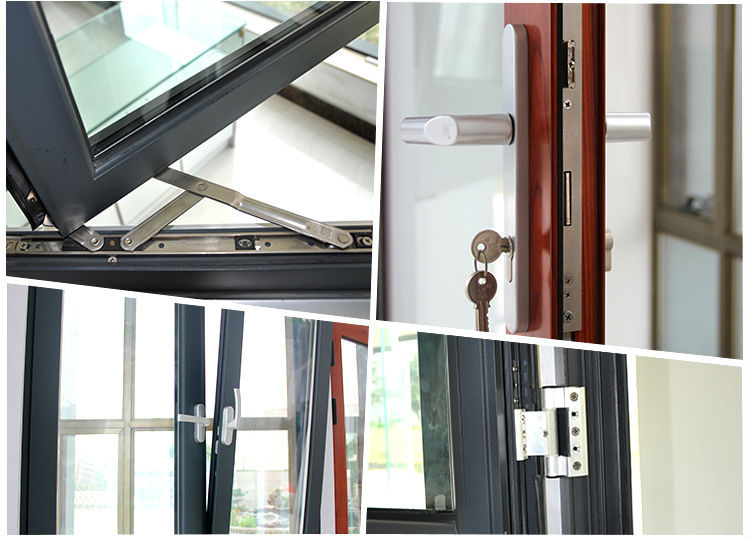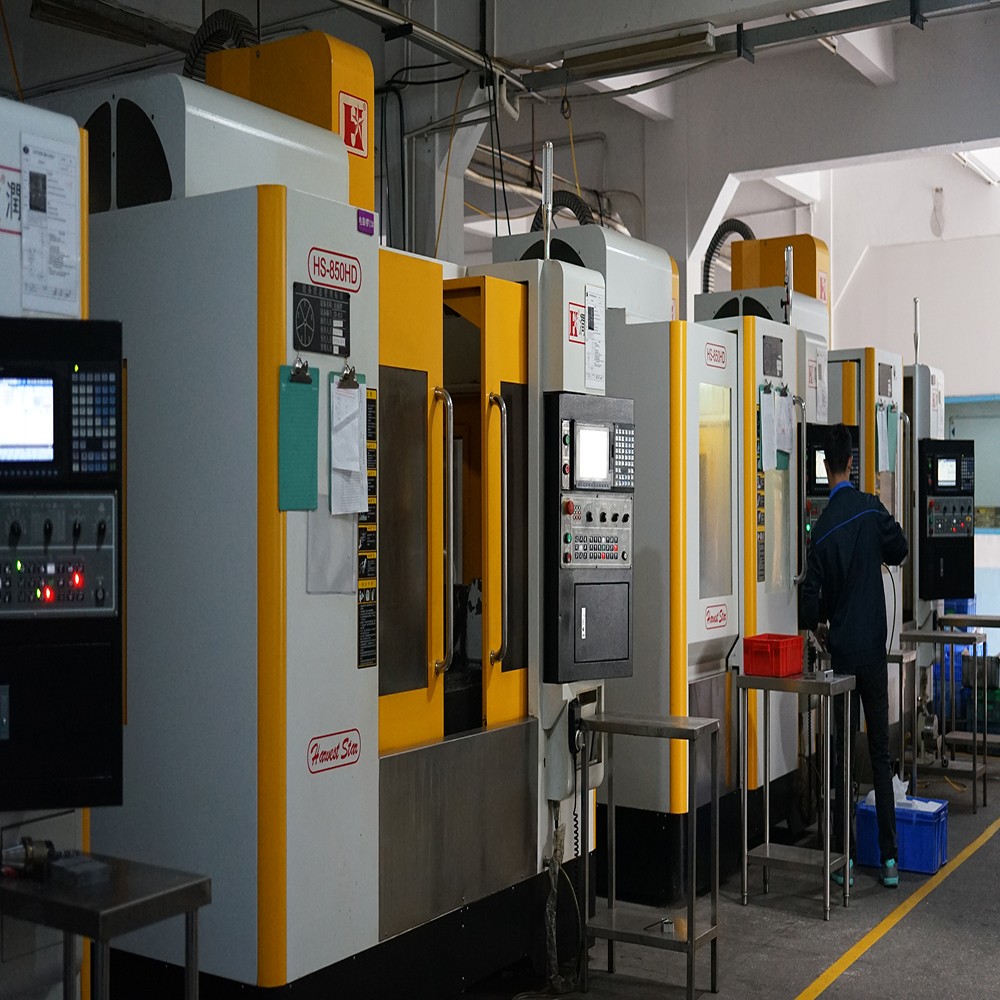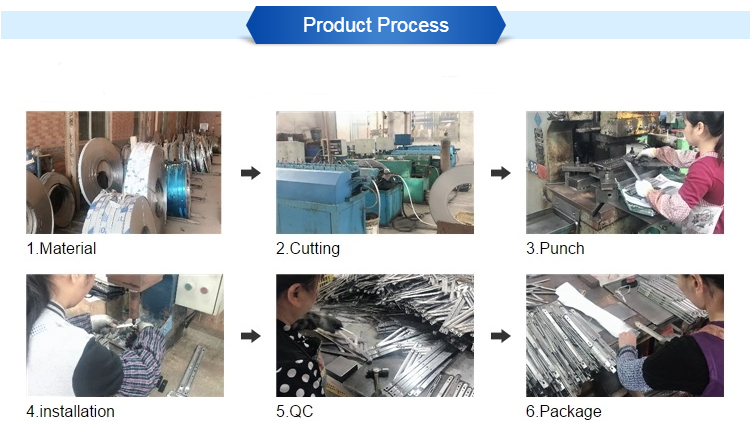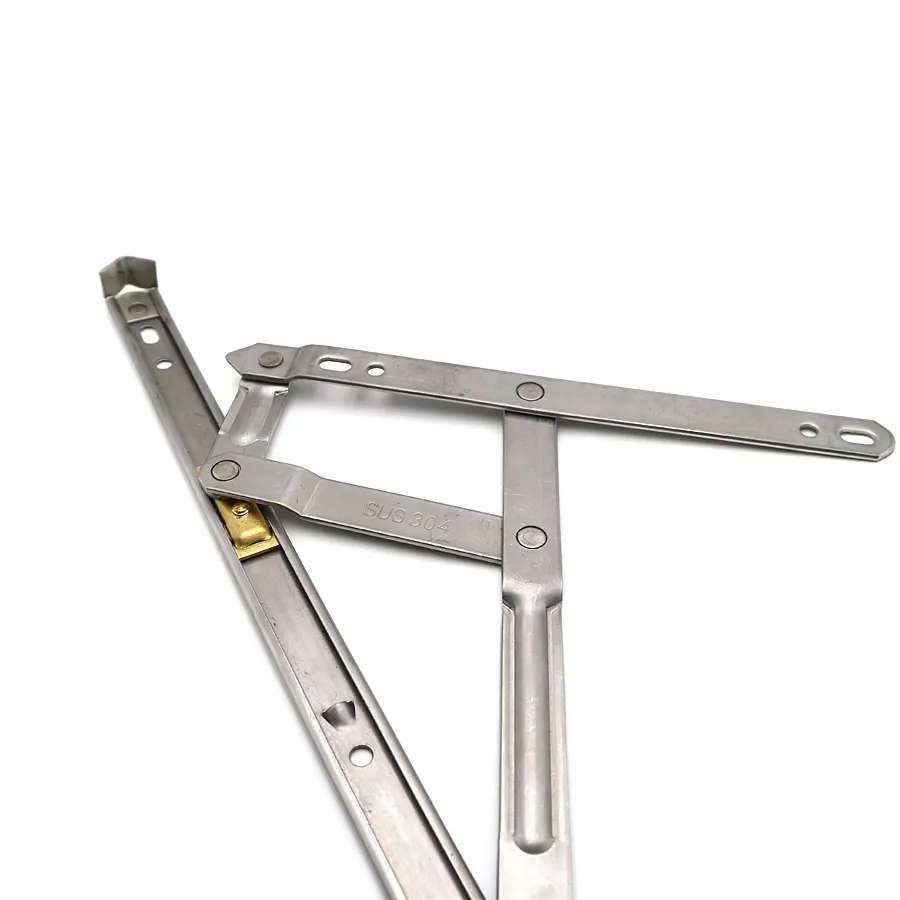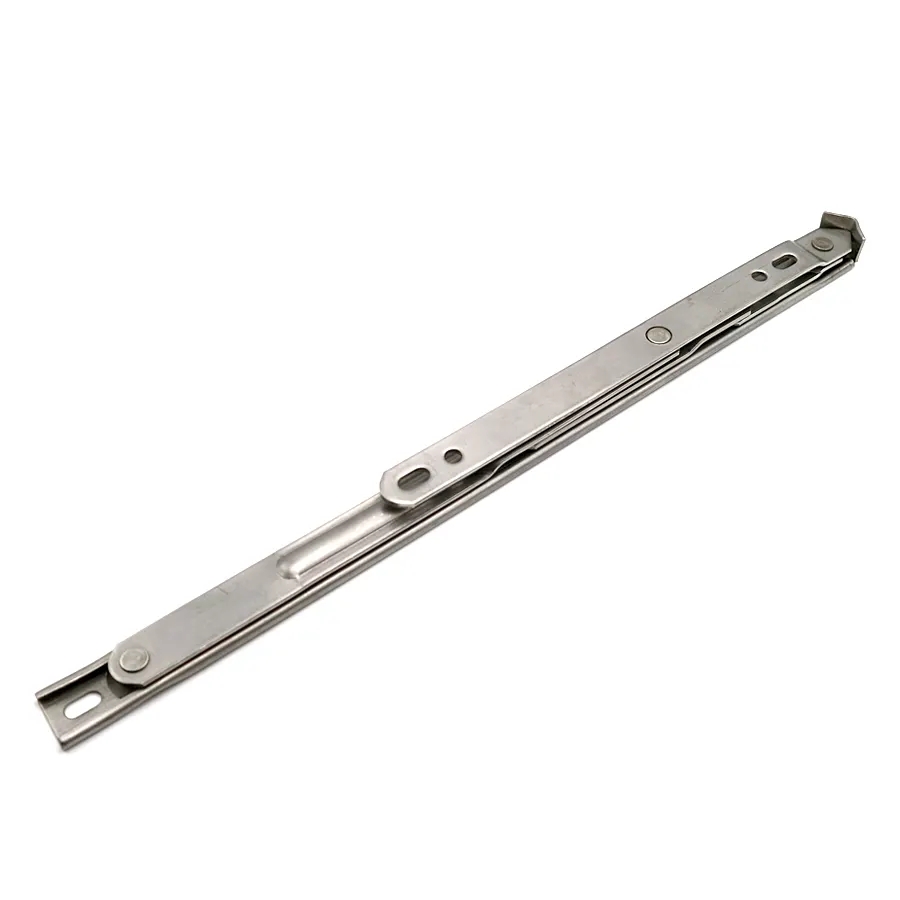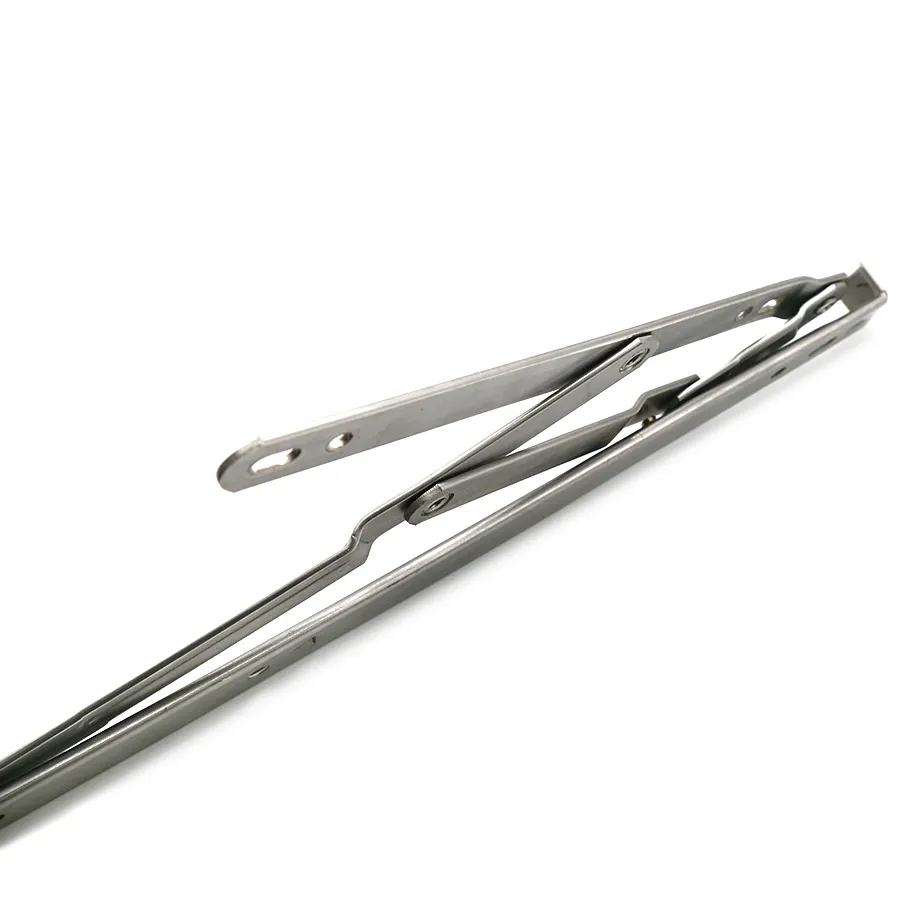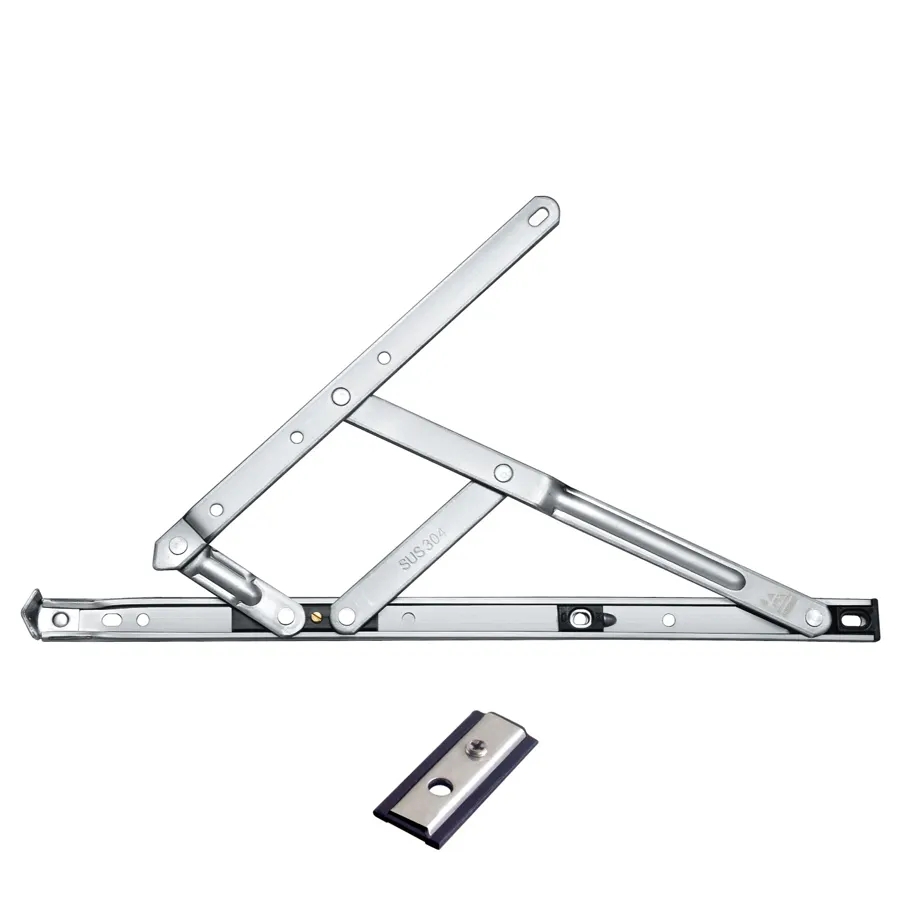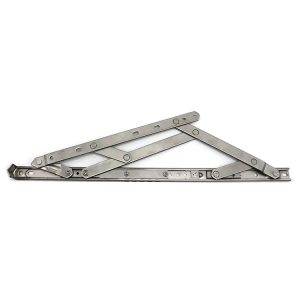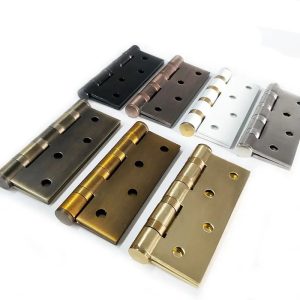Window Hinges: Sculpting Beauty and Functionality in Architectural Design
Introduction
In the realm of architectural creativity, where imagination meets function, window hinges take center stage as the sculptors of a delicate balance between beauty and practicality. These seemingly minor components wield considerable influence, molding both the visual aesthetics and operational efficiency of architectural spaces. This article delves into the intricate dance between aesthetic elegance and functional excellence, orchestrated by the mechanism of window hinges.
Architectural Choreographers
Window hinges serve as the choreographers of architectural movement. They dictate the tempo of interaction between indoor and outdoor spaces, guiding the choreography of how windows engage with their surroundings. A pivot hinge ushers in moments of introspection, while a sliding hinge unveils panoramic views with the grace of a precisely orchestrated performance.
Design as Communicative Expression
The design of window hinges communicates architectural intent. Architects wield the creative wand to select hinges that resonate with the design narrative, whether they harmoniously blend or stand as elegant accents. The design of these hinges adds depth to a building’s character, recounting stories of heritage, modernity, or visionary dreams.
Engineering Precision as Architectural Artistry
Beneath the surface elegance resides the architectural artistry of engineering within window hinges. Engineers meticulously calculate forces, friction, and material strength to ensure the hinges function seamlessly and endure over time. This fusion of engineering precision and architectural form elevates hinges from mere mechanical components to refined works of art that epitomize the union of aesthetics and function.
Aesthetic Synergy in Motion
Window hinges contribute to the aesthetic synergy of dynamic spaces. Architects can select hinges that seamlessly complement the architectural style, resulting in a harmonious fusion of form and motion. The interplay between the hinge’s design and the overall aesthetics of the building crafts spaces that are both visually captivating and operationally efficient.
Harmonizing Tradition and Innovation
Window hinges bridge the gap between architectural heritage and modern innovation. Reproduction hinges pay homage to design elements of the past, while modern hinges incorporate advanced materials and mechanisms. This interplay of tradition and progress forms a dynamic narrative of architectural evolution.
Security with Subtle Grace
Modern window hinges seamlessly integrate security measures without overshadowing elegance. Advanced locking systems and discreet designs offer occupants a sense of security without detracting from the visual sophistication of a space. These hinges epitomize the fusion of security and subtlety.
Champions of Sustainability
Window hinges contribute to sustainable design by enabling natural ventilation and energy efficiency. Architects can strategically position windows to harness natural airflow, reducing the need for mechanical cooling systems. Hinges become partners in creating environmentally-conscious architectural solutions.
Envisioning the Future of Hinges
As architecture evolves, so will window hinges. With advancements in materials, smart technology integration, and innovative design concepts, the role of hinges will transform. These hinges might encompass automation, adaptability to changing environmental conditions, and materials aligned with eco-conscious principles, further blurring the lines between aesthetics and function.
Conclusion
Window hinges emerge as the subtle artisans sculpting the seamless integration of architectural beauty and functional brilliance. Beyond their mechanical function, they encapsulate the very essence of refined design and operational excellence. Architects, collaborating with window hinges, craft spaces that transcend conventional limits, inviting inhabitants to partake in the symphony of aesthetics and utility within the ever-evolving canvas of architecture.
